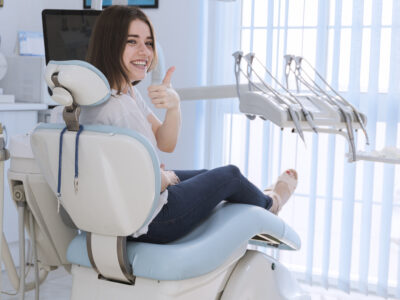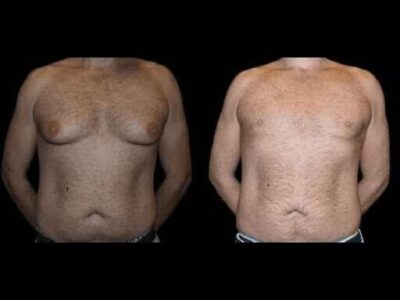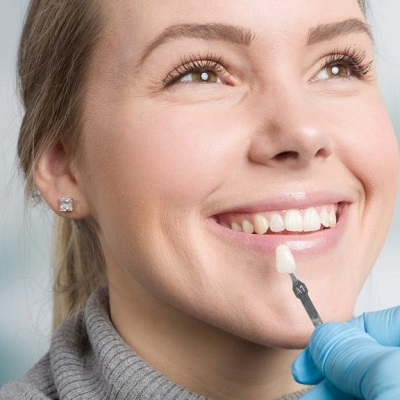
Hydrafacial treatments have gained popularity for their ability to cleanse, exfoliate, and hydrate the skin. Many people turn to this treatment to achieve a glowing complexion. However, some clients notice that Skin Looks Worse After Hydrafacial, leaving them confused and frustrated. If you find yourself in this situation, don’t worry. In this article, we’ll explore the reasons behind this issue and offer practical solutions to restore your skin’s health.
Understanding the Hydrafacial Treatment
Before we dive into solutions, it’s essential to understand what a Hydrafacial entails. The treatment typically involves several steps:
- Cleansing: The skin is cleansed to remove dirt and impurities.
- Exfoliation: Dead skin cells are exfoliated using a gentle method.
- Extraction: Pores are unclogged to remove blackheads and debris.
- Hydration: Hydrating serums are infused into the skin for moisture and nourishment.
- Protection: The skin is often treated with antioxidants and peptides.
While this multi-step process is designed to improve skin appearance, there are instances where skin looks worse after Hydrafacial. Understanding why this happens can help you find effective remedies.
Why Skin Looks Worse After Hydrafacial
Several factors can contribute to the negative effects experienced post-treatment. Let’s explore the most common reasons.
1. Skin Sensitivity
Hydrafacials can be quite intensive, especially for those with sensitive skin. The exfoliation process may lead to redness or irritation. If you have reactive skin, it’s crucial to discuss this with your aesthetician before the treatment.
2. Allergic Reactions
Some individuals may react negatively to the serums or products used during the treatment. Ingredients like hyaluronic acid or glycolic acid, while generally safe, can cause reactions in sensitive individuals. If you experience swelling or a rash, consult a dermatologist.
3. Over-Exfoliation
Exfoliating too aggressively can strip the skin of its natural oils, leading to dryness and irritation. If you have had a series of Hydrafacials without adequate recovery time, your skin may react negatively.
4. Post-Treatment Care
What you do after your Hydrafacial significantly affects your skin’s recovery. Failing to follow proper aftercare instructions can exacerbate any issues.
5. Skin Type Considerations
Different skin types react differently to treatments. Oily skin might experience temporary breakouts, while dry skin may appear flaky or irritated. Understanding your skin type is key to managing expectations.
Solutions for Post-Hydrafacial Skin Issues
If you find yourself dealing with post-Hydrafacial skin concerns, here are some actionable steps you can take to restore your complexion.
1. Stay Hydrated
Drinking plenty of water is vital for maintaining skin hydration. After a Hydrafacial, your skin needs moisture to recover. Aim for at least eight glasses of water a day to support your skin’s healing process.
2. Use Gentle Skincare Products
Switch to a gentle cleanser and moisturizer that won’t irritate your skin further. Avoid products with harsh ingredients or exfoliants until your skin has stabilized. Look for soothing ingredients like aloe vera or chamomile.
3. Avoid Makeup
Giving your skin a break from makeup can help reduce irritation. Allow your skin to breathe and recover without the added layer of cosmetics. If you must wear makeup, choose non-comedogenic products that won’t clog your pores.
4. Protect Your Skin from the Sun
Post-treatment, your skin may be more sensitive to sunlight. Use a broad-spectrum sunscreen with at least SPF 30 to protect your skin from UV damage. Reapply every two hours if you’re outdoors.
5. Follow Aftercare Instructions
Adhering to the aftercare guidelines provided by your aesthetician is crucial. This may include avoiding saunas, steam rooms, or vigorous exercise for 24 to 48 hours post-treatment.
When to Seek Professional Help
If your skin doesn’t improve within a few days or worsens, it’s essential to consult a dermatologist. Persistent issues could indicate an underlying condition that needs attention.
1. Persistent Redness or Swelling
If your skin remains red or swollen for more than a few days, professional guidance is necessary. A dermatologist can assess your condition and provide treatments to alleviate these symptoms.
2. Severe Breakouts
If you experience a significant breakout after your Hydrafacial, don’t hesitate to reach out to a skincare professional. They can recommend specific treatments to address acne and restore balance to your skin.
3. Skin Texture Changes
Noticeable changes in skin texture, such as increased flakiness or roughness, should be evaluated. A dermatologist can help identify the cause and recommend appropriate products to smooth your skin.
Preventing Future Issues
To avoid experiencing that skin looks worse after Hydrafacial in the future, consider these preventative measures:
1. Consult with Your Aesthetician
Before your next Hydrafacial, have a detailed discussion with your aesthetician about your skin type and any concerns you may have. This information will help tailor the treatment to your specific needs.
2. Space Out Treatments
Give your skin time to recover between treatments. Frequent Hydrafacials without adequate recovery can lead to irritation and sensitivity. Depending on your skin type, consider scheduling treatments every 4-6 weeks.
3. Patch Test New Products
If you’re trying a new product or treatment, consider conducting a patch test first. This can help you identify any potential allergic reactions before applying the product to your entire face.
4. Maintain a Consistent Skincare Routine
Develop a balanced skincare routine that includes cleansing, moisturizing, and sun protection. Consistency in your daily routine will help keep your skin healthy and resilient.
Conclusion
Experiencing post-Hydrafacial issues can be disheartening, especially when you expect radiant skin. However, understanding why skin looks worse after Hydrafacial and knowing how to address these concerns can empower you to take control of your skin health. By following the tips outlined in this article, you can help restore your skin to its former glory and ensure a positive experience with future treatments.











